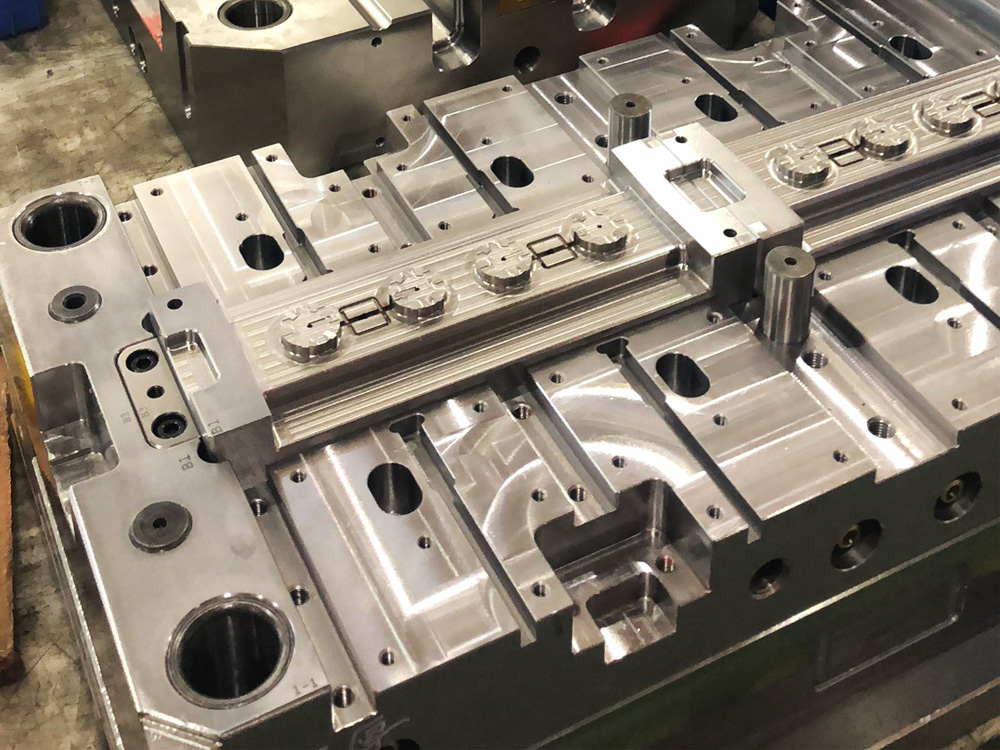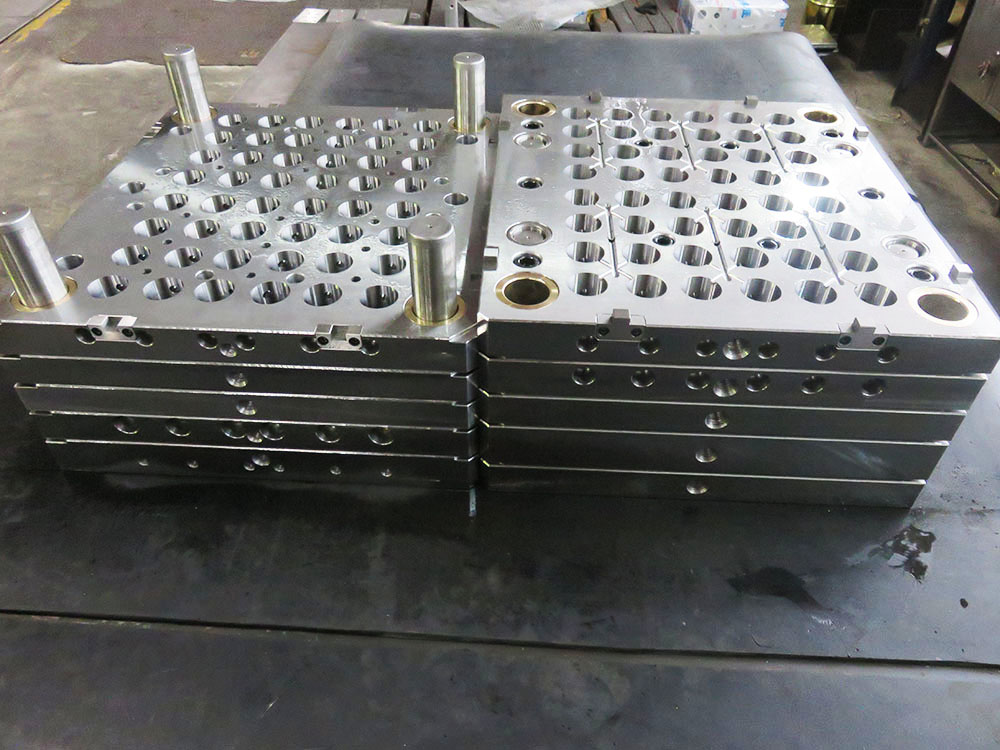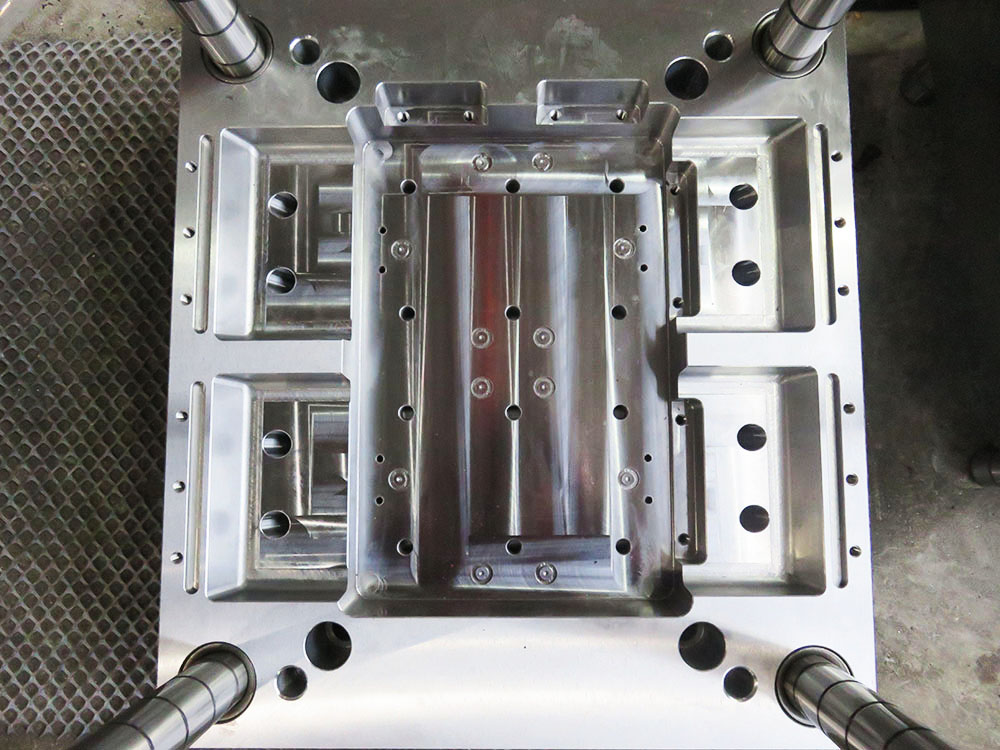Erecting Support Scaffolding with a Height Exceeding 2 Meters
When it comes to constructing a support scaffolding with a height exceeding 2 meters in the mold base industry, it is crucial to follow proper procedures to ensure safety and efficiency. This article will discuss the step-by-step process of erecting such scaffolding, providing professional guidance for professionals within the field.
Step 1: Assess the Work Area
Prior to erecting the support scaffolding, it is essential to thoroughly assess the work area. Identify any potential hazards or obstructions that may interfere with the scaffolding's stability or operation. Additionally, ensure that the ground is level and can support the weight of the scaffolding and its personnel.
Step 2: Gather the Necessary Equipment
Next, gather all the required equipment to erect the support scaffolding. This may include scaffolding frames, cross braces, platforms, safety rails, and connectors. Ensure that all the equipment is in good working condition and complies with safety standards and regulations.
Step 3: Lay the Foundation
Begin by laying the foundation for the support scaffolding. This usually involves installing base plates or adjustable base jacks securely to stabilize the scaffolding. Carefully position and level the base plates or jacks to provide a solid base for the scaffolding structure.
Step 4: Assemble the Scaffolding Frames
Using the scaffolding frames, assemble the vertical and horizontal components according to the manufacturer's instructions. Connect the frames securely to form a stable structure. It is essential to ensure that all connections are properly locked and tightened to prevent any movement or collapse during use.
Step 5: Install Cross Braces
Once the scaffolding frames are in place, install cross braces diagonally between the frames to provide additional stability and support. Ensure that the cross braces are securely fitted and tightened to prevent any wobbling or instability of the scaffolding.
Step 6: Attach Platforms and Safety Rails
Attach the platforms and safety rails to the scaffolding frames, ensuring they are securely fastened and provide a safe working area for personnel. The platforms should be level and prevent any accidental slip or fall while performing tasks at heights exceeding 2 meters.
Step 7: Inspect and Test the Scaffolding
Once the support scaffolding is erected, thoroughly inspect the entire structure for any signs of damage, weakness, or defects. Test the stability of the scaffolding by applying gentle force to different areas. Check all the components, connections, and safety features to ensure they are in optimal working condition.
Step 8: Provide Adequate Safety Measures
Prioritize safety by implementing additional measures such as harnesses, safety nets, and toe boards to further enhance the protection of personnel working on the support scaffolding. Provide safety training and guidelines to all employees to minimize the risk of accidents or injuries.
Conclusion
Erecting a support scaffolding with a height exceeding 2 meters requires careful planning, proper equipment, and adherence to safety regulations. By following the step-by-step process outlined in this article, professionals in the mold base industry can ensure the safe and efficient construction of support scaffolding, facilitating their work at heights while minimizing risks. Remember, safety should always be the top priority in any scaffolding erection project.




